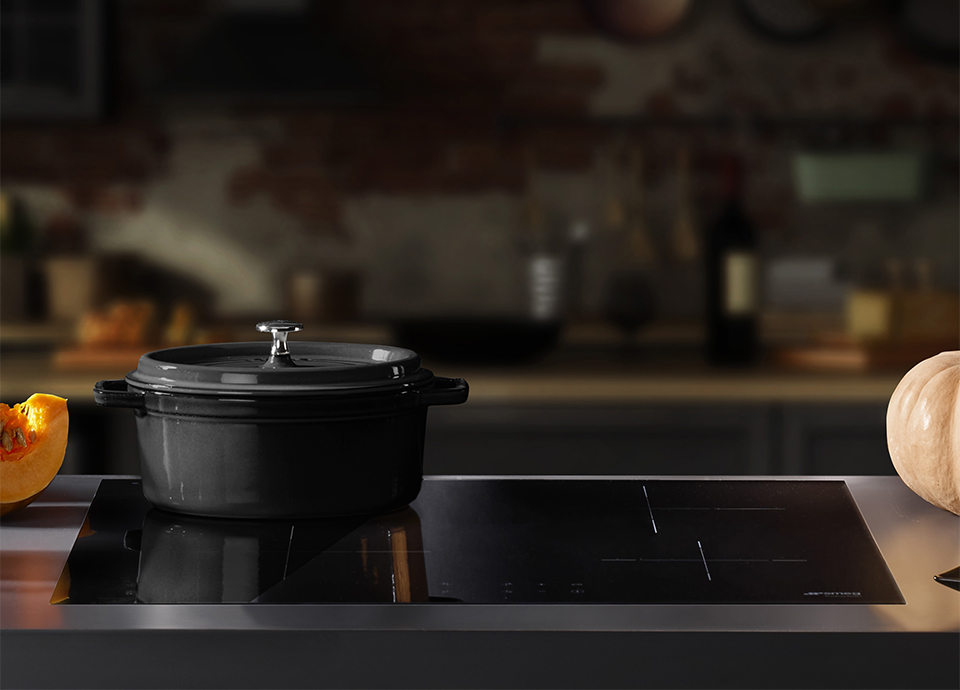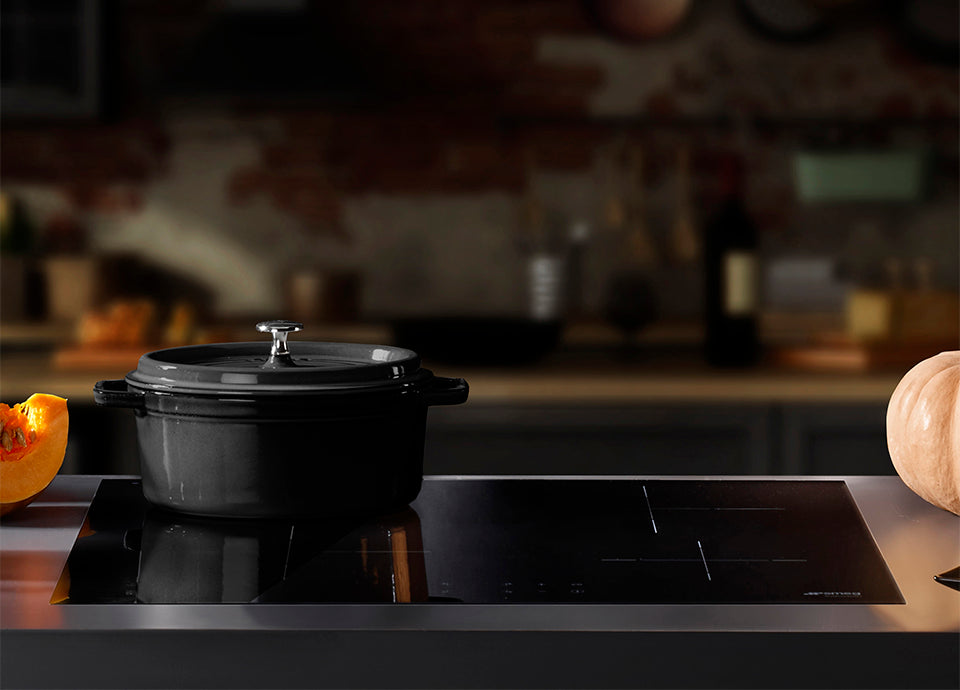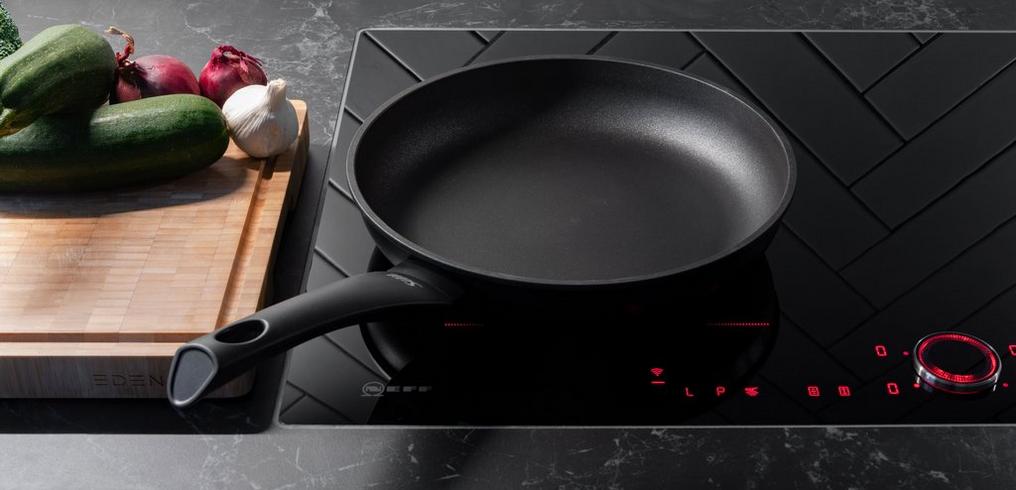In the world of culinary arts, cast iron cookware has maintained its place as a reliable and cherished kitchen tool. Known for its excellent heat retention and distribution, it is a favorite among chefs and home cooks alike. However, when it comes to using cast iron on induction cooktops, some kitchen professionals have raised concerns about cast iron losing heat on induction. This article aims to explore the reasons behind this phenomenon and provide practical solutions to ensure optimal performance.

Understanding Induction Cooking
Before delving into the intricacies of cast iron and induction cooktops, it is essential to understand how induction cooking works. Induction cooktops use electromagnetic fields to generate heat directly in the cookware, rather than heating the cooktop surface itself. This method offers several benefits, including energy efficiency and precise temperature control.
Induction cooktops require cookware made of ferromagnetic materials, such as cast iron, to create the necessary electromagnetic connection. For more on the fundamentals of induction cooking, visit Cook and Pan.
Why Does Cast Iron Lose Heat on Induction?
While cast iron is compatible with induction cooktops, some users have reported issues with heat retention. Several factors can contribute to this phenomenon:
1. Uneven Contact with the Cooktop
One of the primary reasons cast iron may lose heat on an induction cooktop is uneven contact with the cooktop surface. Cast iron pans are often thicker and heavier, and if the bottom is not perfectly flat, it can create gaps that disrupt the electromagnetic connection. This, in turn, leads to uneven heating and heat loss.
2. Preheating Challenges
Preheating cast iron on an induction cooktop can be tricky. Unlike traditional stovetops that gradually heat the entire pan, induction cooktops heat the bottom directly, which can result in uneven heating. To mitigate this issue, it is crucial to preheat the pan on a lower setting and gradually increase the heat.
3. Cookware Condition
The condition of the cast iron cookware plays a significant role in its performance on induction cooktops. Older or damaged pans may have uneven surfaces, which can affect heat distribution. Additionally, a well-seasoned pan can enhance thermal conductivity and improve heat retention.
Optimizing Cast Iron Performance on Induction
To ensure that your cast iron cookware performs optimally on induction cooktops, consider the following tips:
1. Ensure a Flat Surface
Before using cast iron on an induction cooktop, check the bottom of the pan for flatness. If any warping or irregularities are present, consider using a pan with a completely flat bottom to maximize contact and heat transfer.
2. Gradual Preheating
Start by preheating the cast iron pan on a low heat setting. Gradually increase the heat to avoid thermal shock, which can cause uneven cooking and potential heat loss. This method also helps maintain the seasoning of the pan.
3. Proper Maintenance
Regularly maintain your cast iron cookware by cleaning and seasoning it. This not only prolongs the life of the pan but also enhances its heat retention capabilities. For more tips on using cast iron on induction, check out this guide from Culina Cooks.

FAQ Section
Can all cast iron cookware be used on induction cooktops?
Yes, all cast iron cookware is compatible with induction cooktops. However, ensuring that the cookware has a flat bottom is crucial for optimal performance.
Does seasoning affect cast iron's performance on induction?
Seasoning does not directly affect the compatibility with induction cooktops but can enhance the pan's thermal conductivity and heat retention.
How can I test if my cookware is induction-ready?
To test if your cookware is induction-ready, place a magnet on the bottom of the pan. If the magnet sticks firmly, the cookware is suitable for induction use. For more insights, visit this article from Homes and Gardens.
In conclusion, while cast iron losing heat on induction can be a concern, understanding the factors that contribute to this issue and implementing the suggested solutions can help kitchen professionals achieve optimal results. With proper care and attention, cast iron can continue to be a valuable tool in any kitchen.





Leave a comment
This site is protected by hCaptcha and the hCaptcha Privacy Policy and Terms of Service apply.